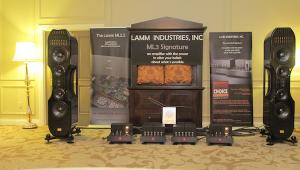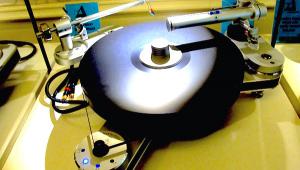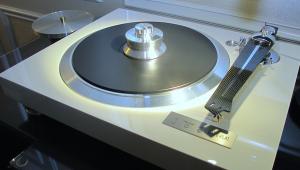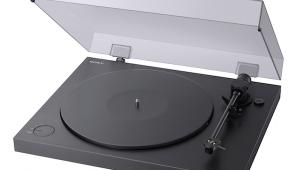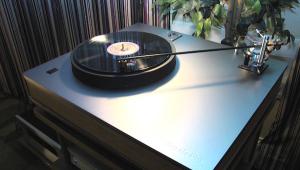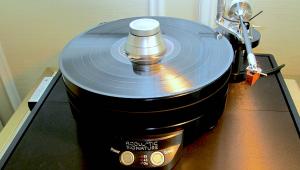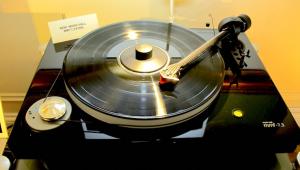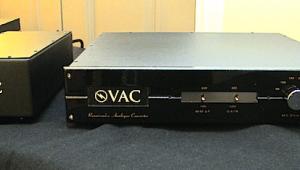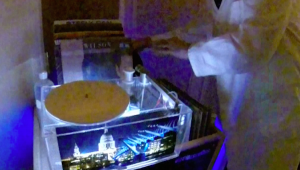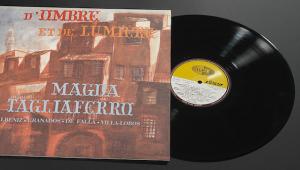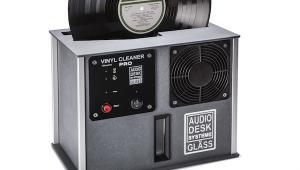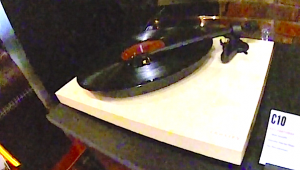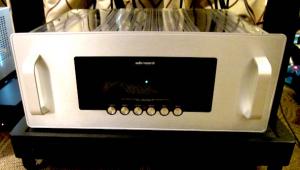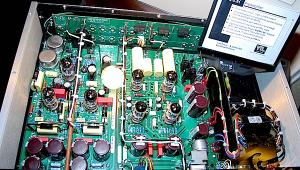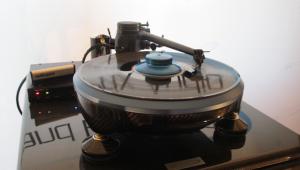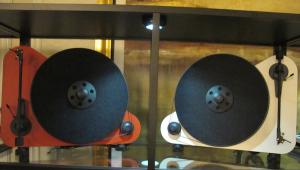SweetVinyl's Brand New Product Category For Vinyl Lovers Explained

Sugarcube incorporates SweetVinyl's proprietary technology, which in part can be thought of as similar to but actually better than Gracenote's CD data base technology that allows you to put a CD into a computer, rip it to iTunes and have all of the metadata automatically be included. For those who don't fully understand: when you rip a CD, the Gracenote innovation goes online and using just the track listing and track timing, identifies the CD and then imports the metadata, including artwork and track listings.
Without it, importing CDs would be as onerous, unpleasant, time consuming and annoying as it currently is to rip vinyl where you have to insert track breaks, add song titles and other credits and import cover art. It's a pain as anyone who does it knows, though some ripping software like Pure Vinyl and Vinyl Studio try to make it somewhat easier. Both offer somewhat unsatisfactory and incomplete solutions. Pure Vinyl has greatly improved its track break process making it "automatic" to a large degree but still time consuming. Vinyl Studio can go online and download and insert track breaks but they are based upon CD lengths and often contain "bonus tracks" that have nowhere to go.
When you rip a record using SweetVinyl's technology, it accesses a remarkably compete database and identifies the record, not by track times (since they are not embedded in a record's non-existent table of contents) but rather by the music. It then automatically sets the track breaks, names the songs and imports the album cover, not the CD cover. Yes, you are skeptical but I've seen it in action in my own home before CES and while all of the glitches had not then been worked out, the system is almost ready for "prime time".
Sugarcube is the first but obviously not the last implementation of SweetVinyl's technology. It is a one box solution that combines the technology with a high quality Michael Yee designed phono preamp and...well let SweetVinyl's Leo Hoarty explain it to you. Mr. Hoarty and his business partner Dan Eakins are vinyl enthusiasts who come from the high tech Silicon Valley digital world and they know what we want and more importantly they know what they are doing. This technology will make convenient archiving your vinyl at high resolution and, for instance, uploading it to a portable high resolution player.
I think you'll find Mr. Hoarty's demonstration of Musical Surrounding's Sugarcane fascinating and perhaps even unbelievable, but trust me, it's real!
